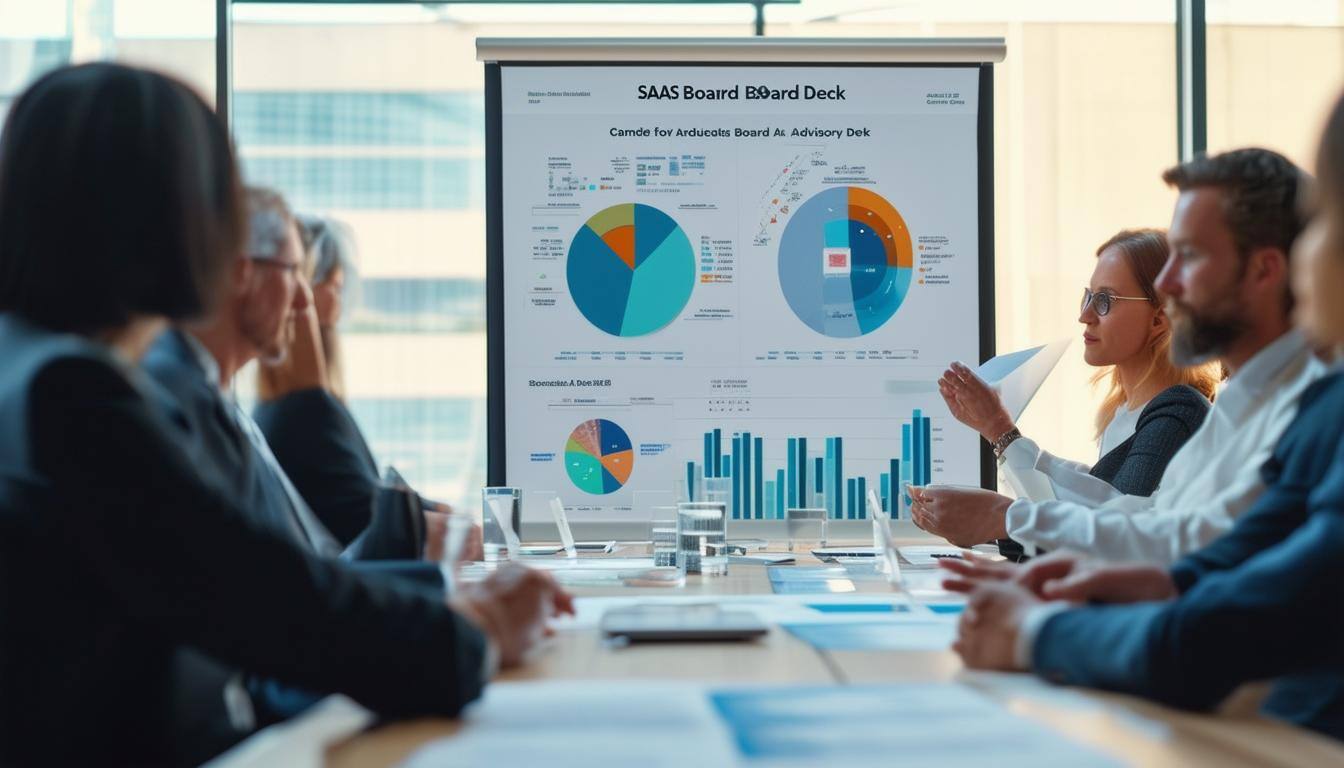Crafting an Impactful B2B SaaS Board Deck for Your Advisory Board
When you’re a startup navigating the complex waters of a B2B SaaS business, the importance of an effective board deck cannot be overstated. Your SaaS...
2 min read
Brian Polackoff
:
Mar 11, 2024 4:16:00 PM

For founders venturing into the competitive landscape of Software as a Service (SaaS), the architecture you choose is not just a technical decision—it's a business one. A scalable SaaS architecture is fundamental to supporting growth, maintaining performance, and ensuring the long-term success of your business. As you design your SaaS application, understanding how to build a foundation that accommodates growth, maintains reliability, and ensures security is paramount. This blog explores the critical considerations for founders building a scalable SaaS architecture.
Scalability in the SaaS model is the ability of the infrastructure to handle increasing loads gracefully, without degrading performance or user experience. As your customer base grows, your architecture must adapt to handle more data, transactions, and concurrent users efficiently. Scalability is crucial for maintaining service quality, supporting business growth, and managing costs effectively.
The technology stack you choose lays the groundwork for your application's scalability. It encompasses the set of technologies used to build and run your application, including programming languages, databases, server environments, and third-party services.
Scalability should be a consideration from the outset, not an afterthought. Planning for growth involves making architectural decisions that allow for expansion without requiring a complete overhaul down the line.
As your SaaS platform scales, maintaining reliability and security becomes increasingly challenging yet more critical. Downtime or security breaches can significantly impact your reputation and customer trust.
Adopting a continuous delivery model allows you to iterate and deploy new features quickly, facilitating scalability. This approach requires a robust automation pipeline for testing, building, and deploying code changes, enabling you to respond rapidly to market demands and customer feedback.
Observability refers to the capability to monitor internal states of a system based on its external outputs. Investing in comprehensive observability tools for monitoring, logging, and tracing ensures you can understand system performance in real-time, diagnose issues promptly, and maintain system health as you scale.
Building a scalable SaaS architecture is a foundational step toward ensuring the viability and longevity of your product. By carefully selecting your tech stack, planning for growth, emphasizing reliability and security, embracing continuous delivery, and investing in observability, you can create a robust foundation that supports your business objectives. Remember, the architectural choices you make today will define your ability to grow, innovate, and lead in the competitive SaaS marketplace.

When you’re a startup navigating the complex waters of a B2B SaaS business, the importance of an effective board deck cannot be overstated. Your SaaS...

In B2B SaaS, understanding and proactively managing customer health is paramount to sustained growth and profitability. A robust customer health...

Software as a Service (SaaS) has revolutionized the way businesses operate by providing scalable, on-demand access to software applications,...